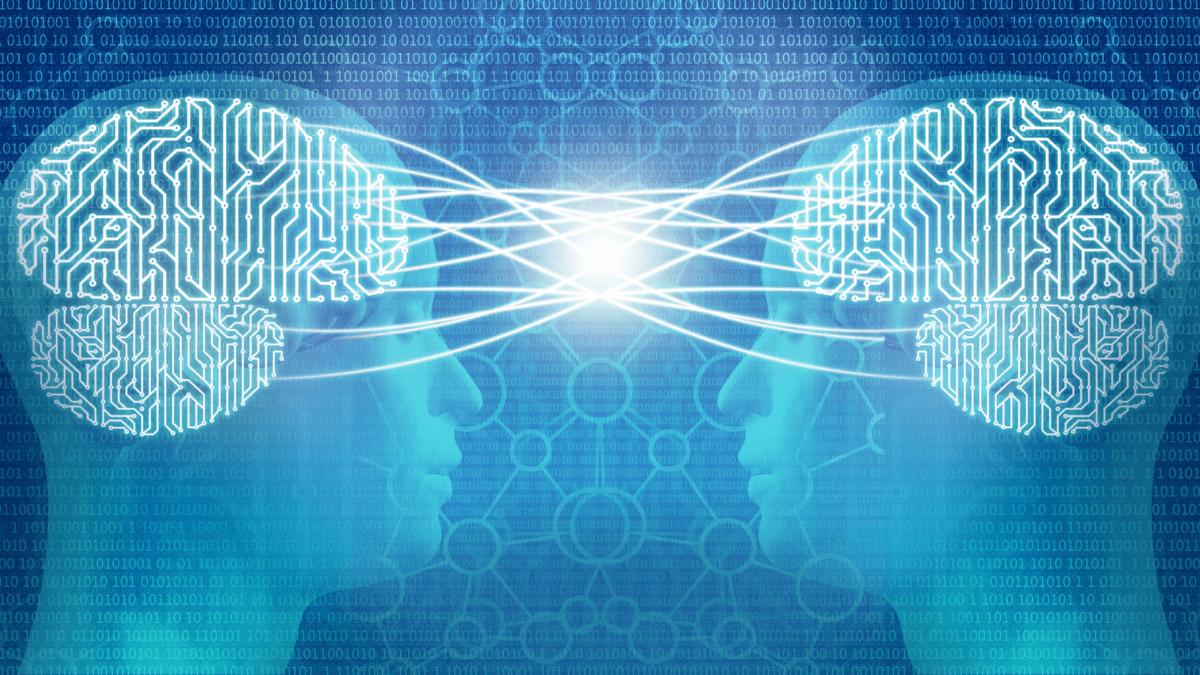Introduction:
The language we use, especially in expressing complex mental experiences, is incredibly telling. Phrases like “losing my mind” evoke potent images, yet we rarely consider their deeper implications in neuropsychiatry. In exploring these intricacies, we tread the blurred lines between the mind, the brain, and even the ethereal concept of the soul. The words might be different, but they converge on a common theme: our understanding, or sometimes the lack thereof, about our inner workings.
1. Mind vs. Brain: A Linguistic Distinction:
While used interchangeably, “mind” and “brain” denote different aspects of our consciousness. The brain is a tangible, biological entity, while the mind embodies our consciousness, thoughts, feelings, and perceptions. When we mention “losing my mind,” it refers to the intangible mental processes rather than the physical brain.
2. The Ethereal Soul:
The term “soul” carries profound cultural, religious, and philosophical implications. In literature, the act of “losing one’s soul” often indicates a moral or existential crisis, reminiscent of Faust’s pact with the devil. Though not directly addressed in neuropsychiatry, understanding the deepseated beliefs around the soul can enrich patient care.
3. Neurosis vs. Psychosis: The Reality Spectrum:
Neurosis and psychosis represent different points on the reality orientation spectrum. Neurosis is characterized by anxiety and obsessive thoughts, but individuals maintain a clear distinction between internal and external realities. Psychosis, on the other hand, is a departure from this reality orientation.
4. Ego Boundary Disturbances:
Central to our understanding of mental health is the concept of “ego boundary disturbances”. In essence, our ego helps us delineate between internal experiences (our thoughts) and external stimuli (voices). This boundary is crucial in differentiating between what originates from within us versus what arises from the external world. However, in certain psychiatric conditions, this boundary becomes porous, leading to experiences where inner thoughts might be perceived as external voices.
Conclusion:
In neuropsychiatry, understanding the intricate dance between the mind, brain, and soul is essential. It’s not just about identifying symptoms and treating them but about understanding the very fabric of human experience and perception. As the boundaries between reality and perception blur, as seen in ego boundary disturbances, it underscores the importance of a comprehensive approach, considering not just the biological, but the philosophical and existential nuances of the human experience.
The mind, brain, and soul: Three chords in the symphony of human existence, each playing its note in the music of reality and perception.
Explanation of the Quote:
This quote encapsulates the interplay between the three pivotal facets of our being: the tangible brain, the intangible mind, and the ethereal soul. Together, they create a harmony that defines our experience of reality, perception, and existential understanding.











